The 70’s ‘Star Trek’ Board Game Still Holds Up Today
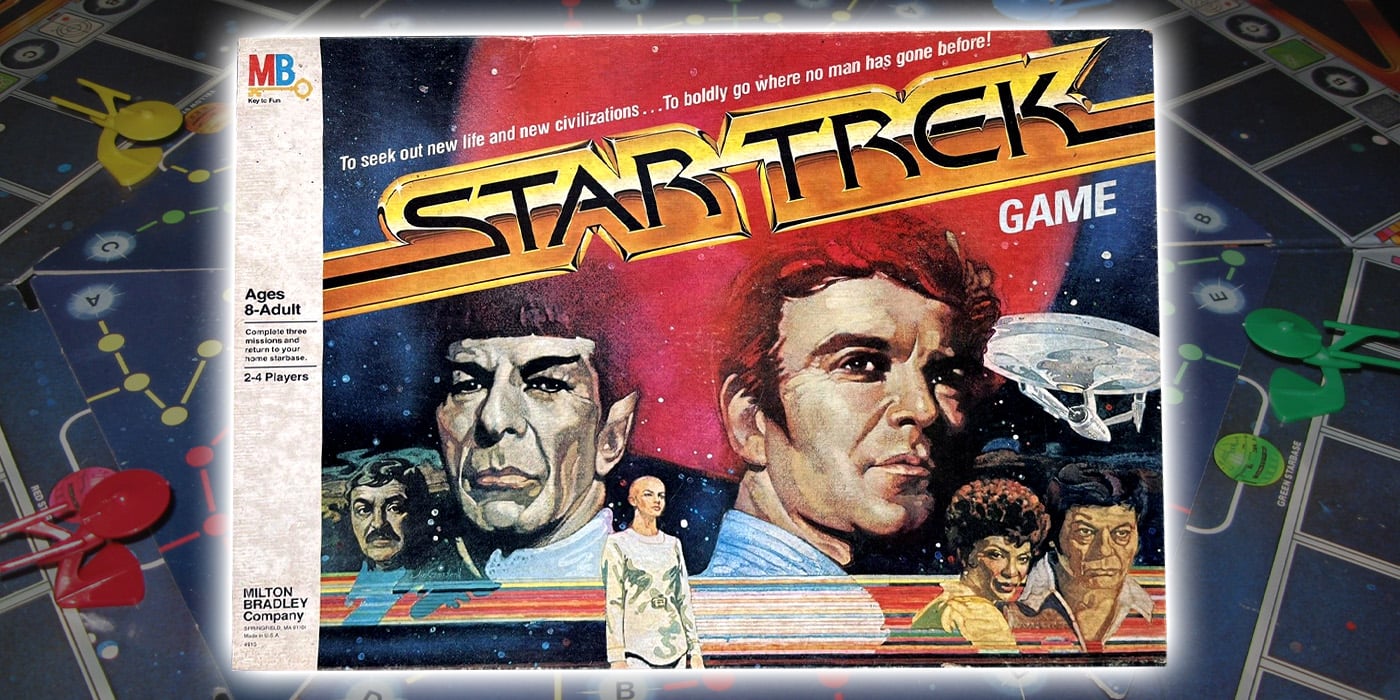

If it’s your first contact with the Star Trek board game, let me take you on a discovery to the final frontier of retro board gaming.
Star Trek is a franchise that I always felt never got the full mainstream popularity it deserved. It has loads of great stories, tons of interesting characters, and a fully fleshed-out world like none other and it was groundbreaking in a lot of ways no one expected at the time.
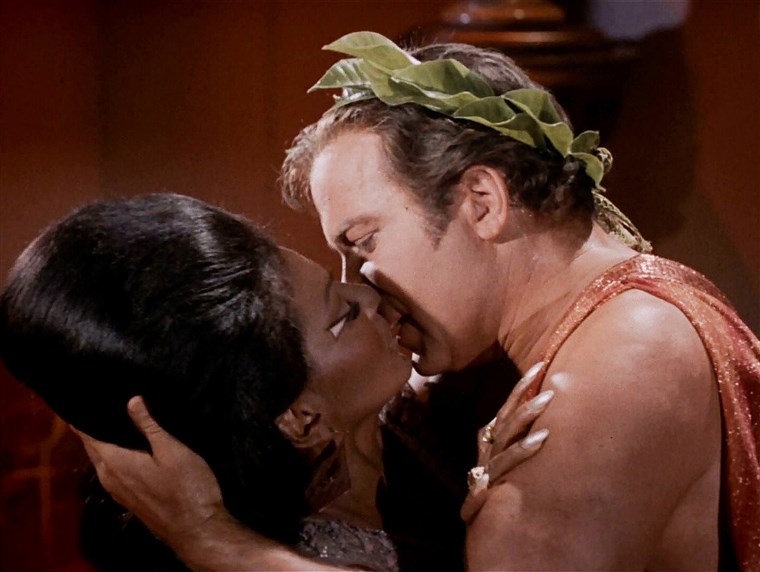
A Little History
Despite all this, it would take until the release of the first motion picture release in 1979 for Milton Bradley to release a board game rendition of the series. Maybe they were waiting for the license after Ideal Toys had it in 1967…
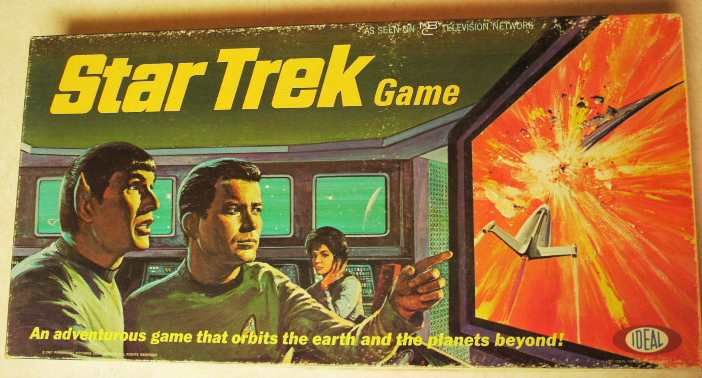
Then again after Hasbro had it in 1974…
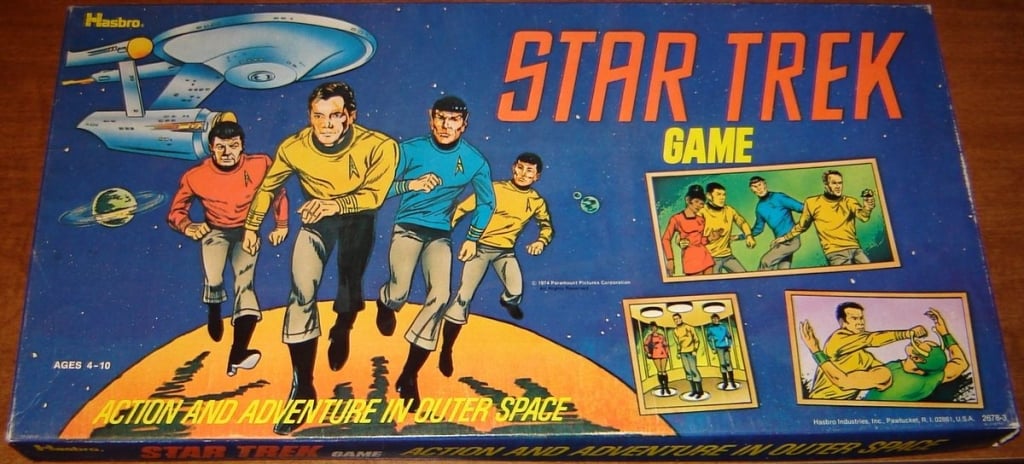
Because they could only pick it up once Palitoy was done with it in 1975.
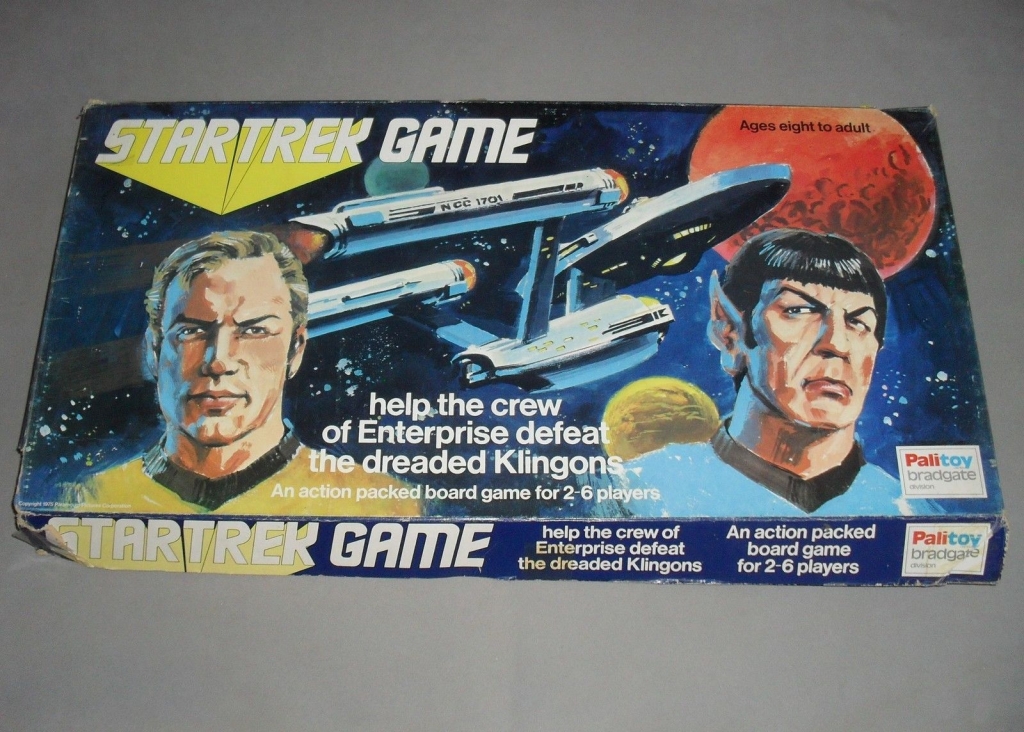
Then Milton Bradley could finally make their game to coincide with the release of the movie. At this point, Star Trek had more games than series or movies.
The Star Trek Board Game Overview
Even though it’s a Milton Bradley game from the ’70s, Star Trek Game actually has a good amount of actual gameplay! It even has a modular board! Ooooh! So futuristic! I just wish old pop culture tie-in games had better titles.
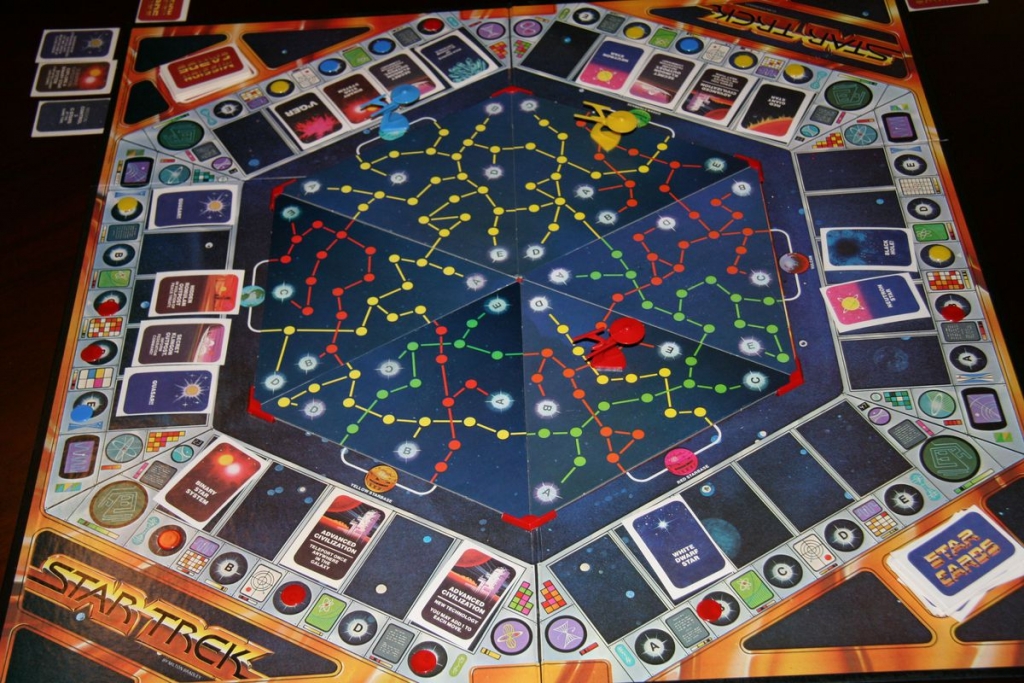
The goal of each player is to complete 3 missions and then return to their homeworld. The first player to do this wins! Each player is given 4 mission cards at the start of the game. They keep these cards secret. Most of the mission cards are simply to have visited a certain type of location. But some do get slightly more clever.

On each player’s turn, they will either move 1 space using impulse speed or roll 2 dice and move that many spaces, ‘bouncing’ off of any dead ends reached, like at a planet. If a player lands on an unexplored location, they draw a Star Card and reveal to all players what that location is.
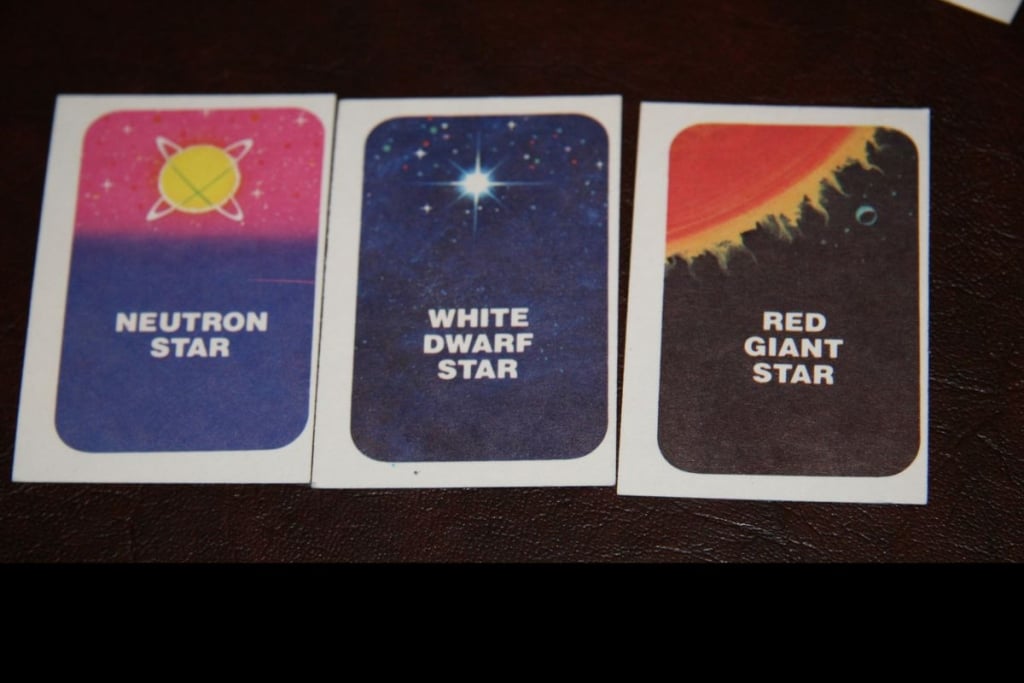
Some locations can be dangerous or populated planets instead.
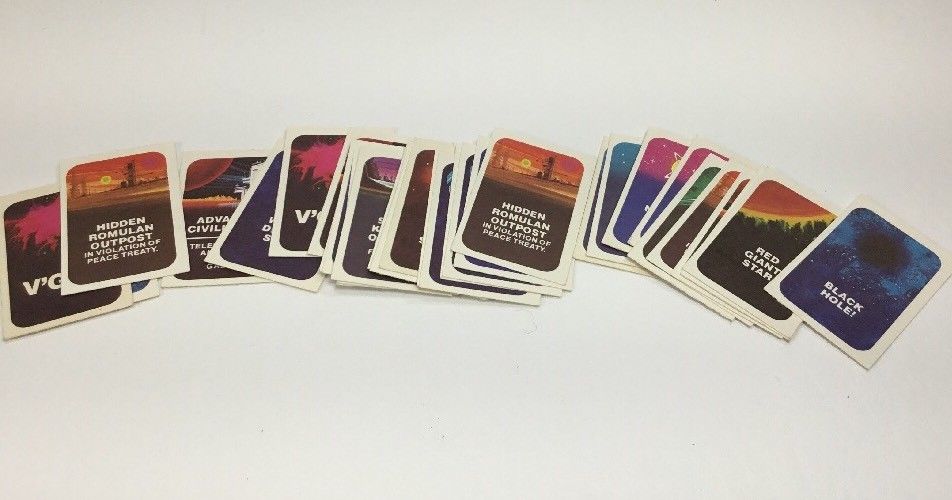
Once a player explores a location, they place one of their colored tokens on the space, to show they have been there. And they place the star card in the corresponding card space around the edge of the board, so everyone can see what that location is.
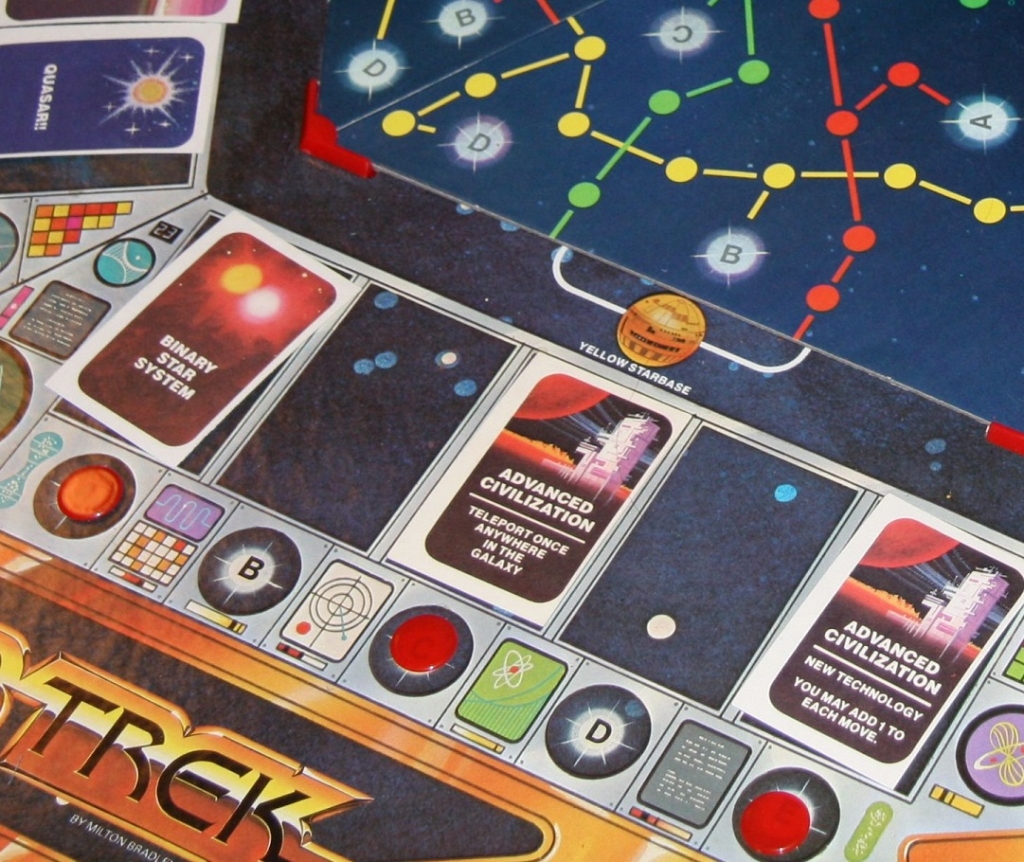
There’s even a good amount of player interaction. For example, if one player (henceforth called Jerk) moves onto a location that has been previously explored by another player (a.k.a. Victim), that Jerk removes the Victim’s explore token and replaces it with their own. The Jerk now can use that location as a successful mission, and the Victim can not. Additionally, if the Jerk lands exactly on top of the Victim, the Jerk can teleport the Victim to any space on the board. Jerk move, you Jerk.
The first player to return to their home planet with 3 successful missions wins the game!
Final Frontier, I Mean Final Thoughts
Overall, Star Trek Game has a terrible title, but a solid game. It’s got tons of replayability from the module board setup, as well as the randomly drawn mission and star cards.
We didn’t really get into it, but the board changing each game makes a big difference. Except when traveling through a home world, you’re not allowed to move from one color path to another. So the board changes a LOT with each game.
Even if you’re not a Star Trek fan, this is a solid retro game. And one that I think is still worth playing today.


